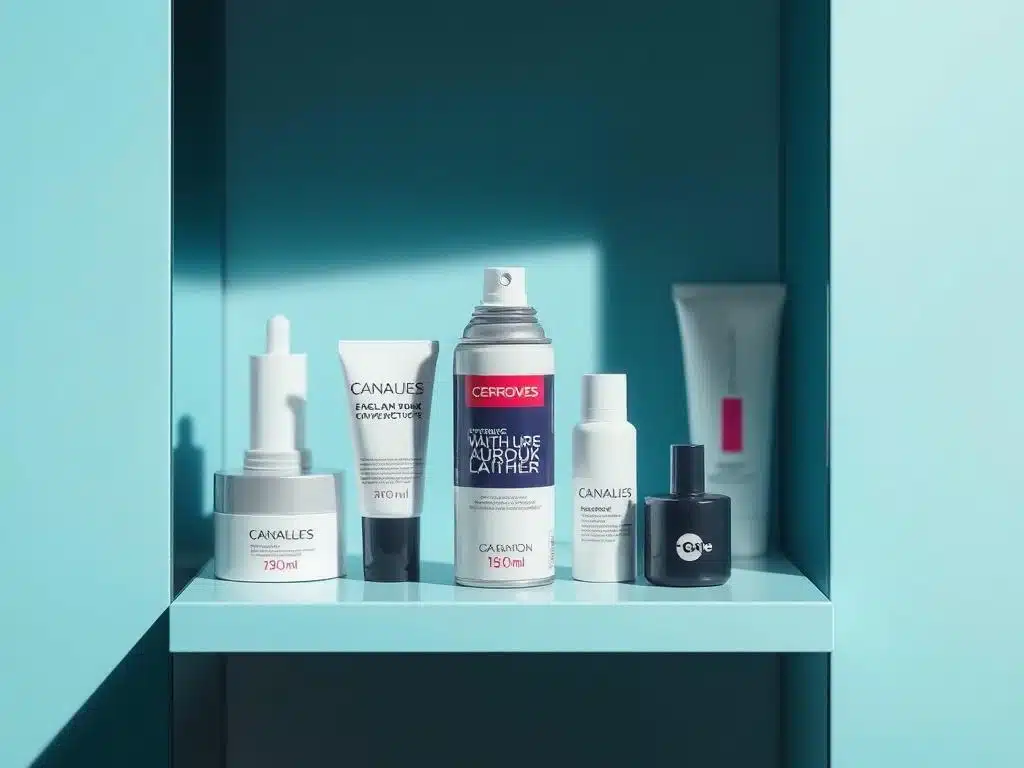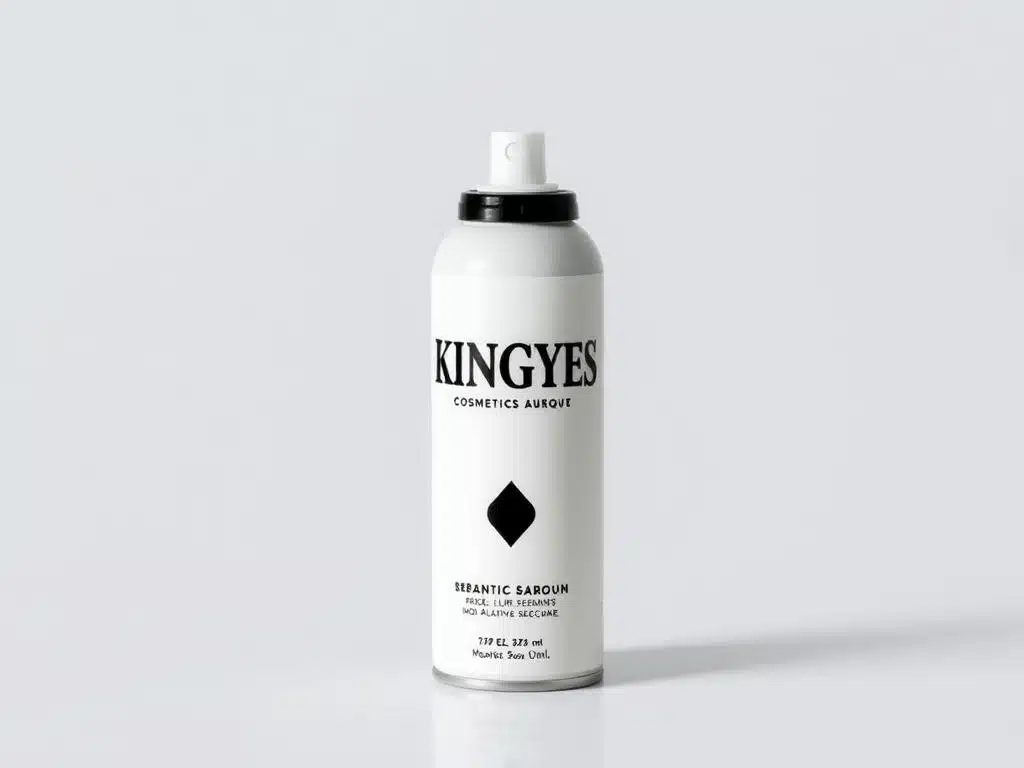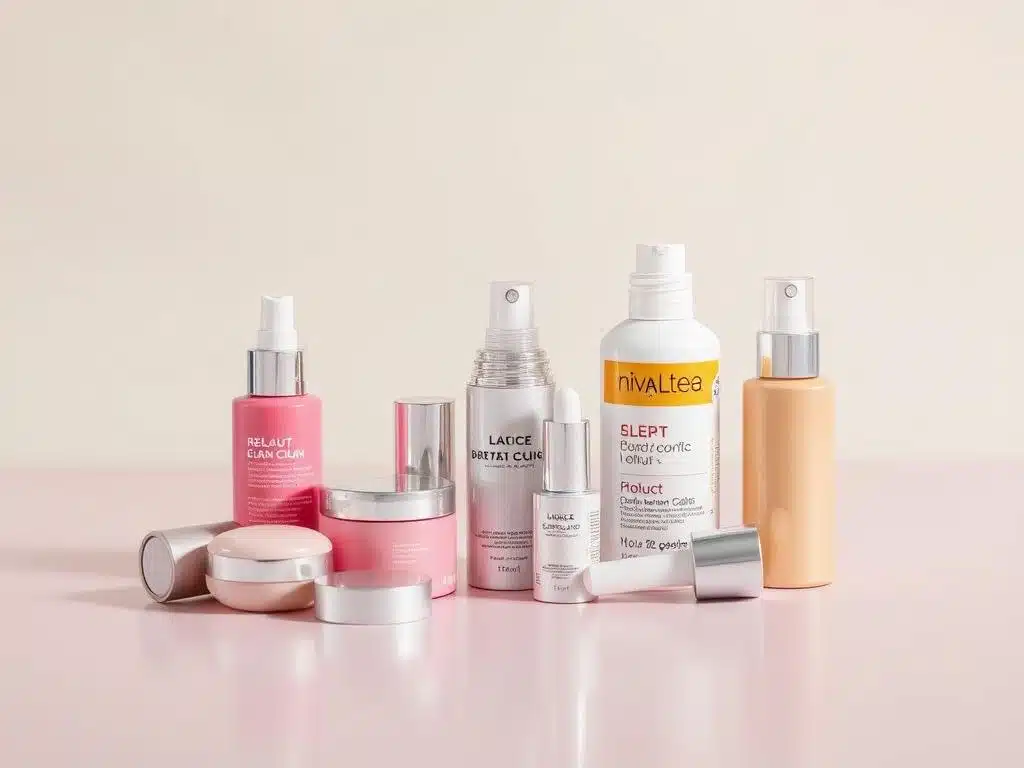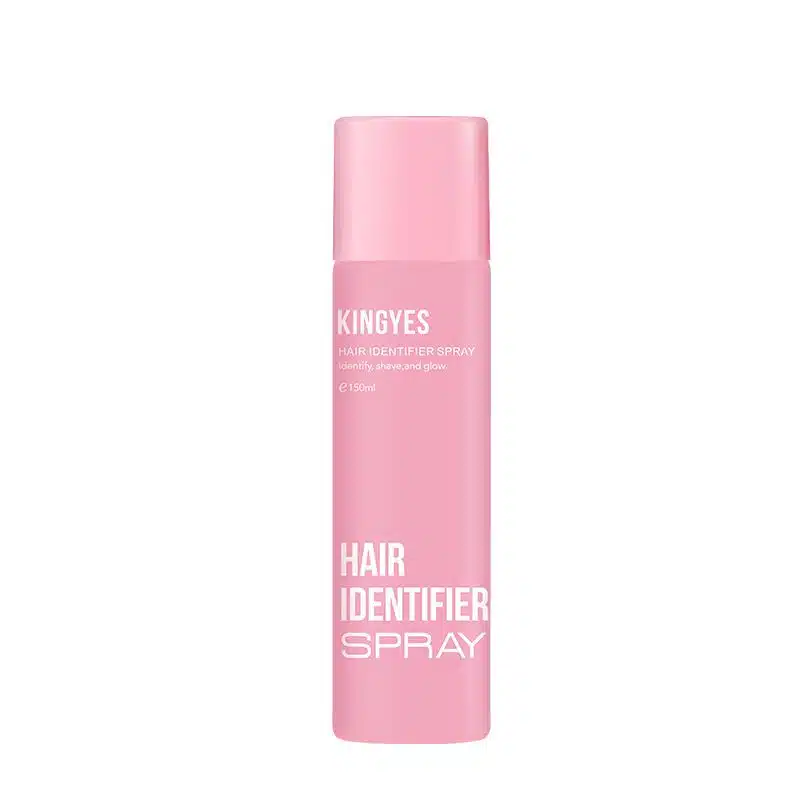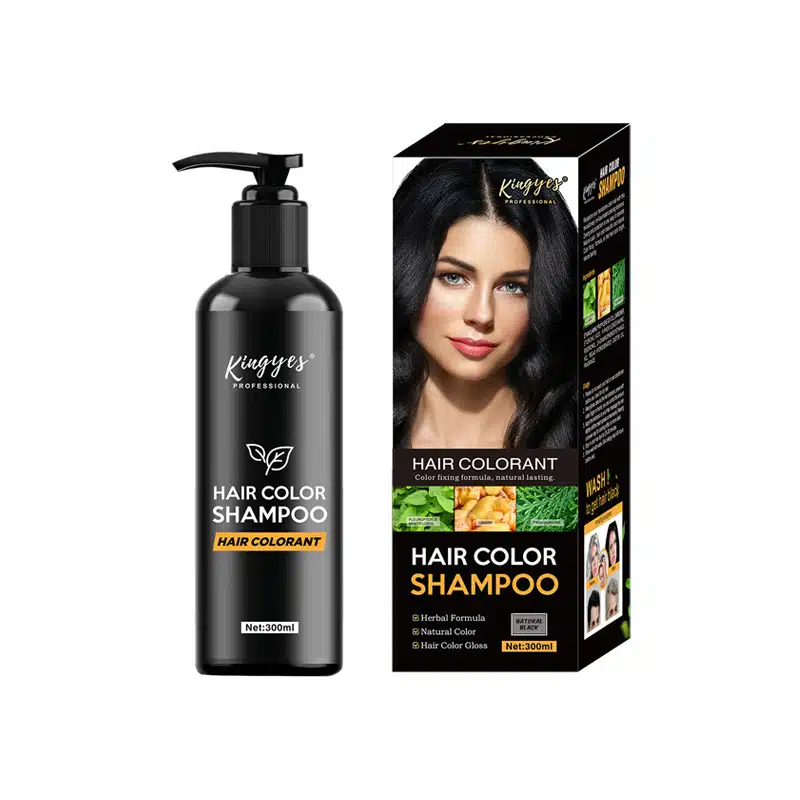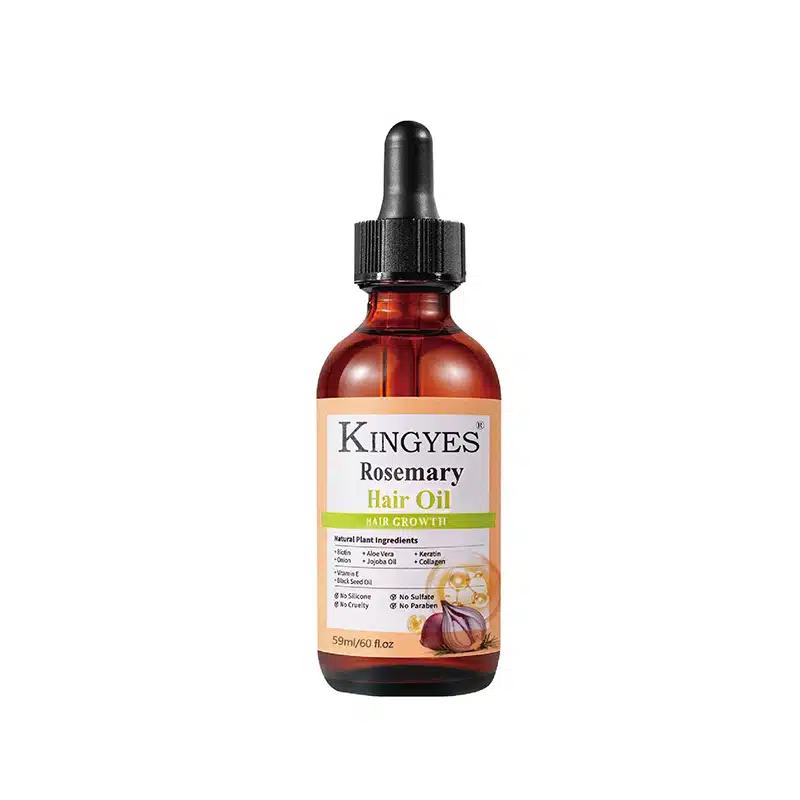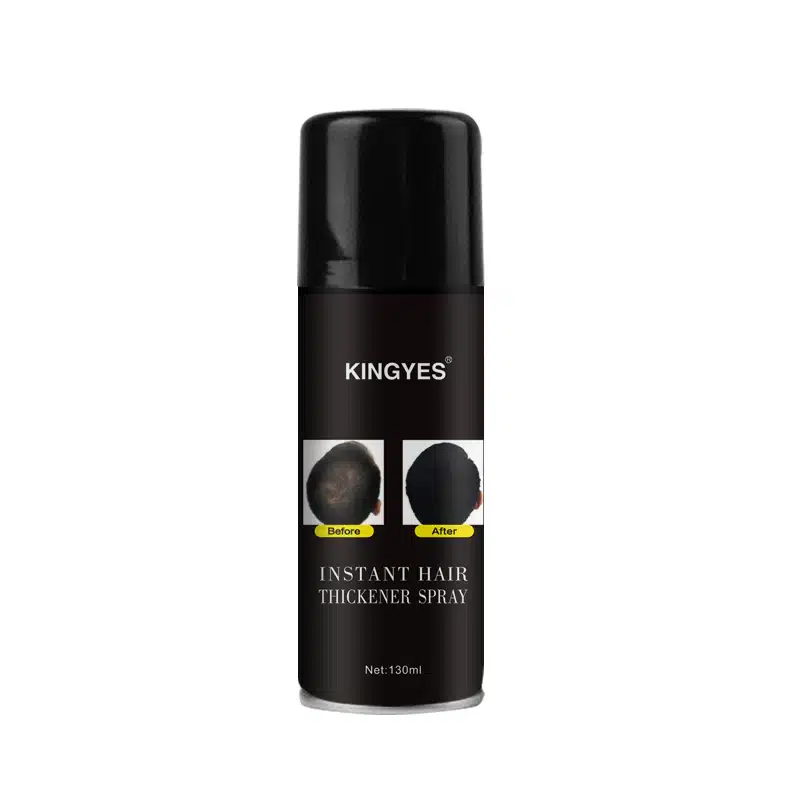
Что такое аэрозоль в косметике?
Оглавление
Наука о спреях: Что такое аэрозоль в косметике?
Вы когда-нибудь задумывались, как ваш лак для волос превращается из жидкости в тонкий туман? Или как ваш распыление солнцезащитный крем применяется так равномерно? Ответ кроется в увлекательном мире аэрозоли. В царстве косметика и личный уход, аэрозоли Это распространенный и удобный способ дозирования различных продуктов, от уход за волосами на дезодоранты. Но что именно представляет собой аэрозольИ как это работает в вашем любимом косметика продукты? В этой статье вы узнаете аэрозоль Мы расскажем, как работают эти системы под давлением, какие ингредиенты в них используются и как они применяются в индустрии красоты. Мы также затронем различные типы аэрозоли и ответить на некоторые распространенные вопросы и экологические проблемы связанные с их использованием.
Определение аэрозолей: Больше, чем просто спрей
Термин "аэрозоль" часто вызывает в воображении образы спрей банки и туманНо научное определение шире. Сайт аэрозоль представляет собой подвесную систему из твердых или жидкость частицы в газе. В контексте косметика, an аэрозоль относится к продукту, выдаваемому из контейнера под давлением с помощью топливо. Сайт топливо Это сжатый или сжиженный газ, который выталкивает продукт из контейнера, когда клапан открыта. Аэрозоль Технология используется для доставки различных косметика продукты контролируемым и удобным способом.
Аэрозоль продукты повсеместно распространены в индустрии красоты. Вы можете найти все: от лаки для волос и сухой шампуни на дезодоранты и антиперспиранты, к фундаменту и установке спреи упакованный как аэрозоли. Привлекательность аэрозоли Их способность обеспечивать прекрасное, даже спрейчто часто идеально подходит для косметика приложения. Важно отметить, что аэрозоль это не просто спрей сама по себе, а вся система, включая продукт, топливо, и контейнер. Аэрозольные контейнеры предназначены для поддержания давления, необходимого для правильного дозирования продукта.
Механика аэрозоля: как он работает?
An аэрозоль Система - это чудо инженерной мысли. Она основана на принципе давления для контролируемого дозирования продукта. Вот упрощенная схема ее работы:
Нагнетание давления: Сайт аэрозоль Контейнер, также известный как банка, заполняется смесью продукта и топливо. Сайт топливо это газ, который либо сжатый или сжиженный под давлением. Аэрозольные баллончики специально разработаны для удержания продукта и поддержания давления.
Активация клапана: Когда вы нажимаете на кнопку клапан привод (кнопка или форсунка), the клапан открывается, создавая путь для выхода продукта. Сайт аэрозольный клапан имеет решающее значение для функционирования аэрозоль.
Дозирование продуктов: Давление внутри контейнера выше, чем атмосферное давление снаружи. Эта разница давлений заставляет продукт и некоторые из топливо по погружной трубке и через клапан. Аэрозольные баллончики предназначены для равномерного распределения продукта.
Распыление: Поскольку смесь продукта и топливо выходит из клапан, the топливо быстро расширяется и испаряется. Это внезапное расширение разбивает продукт на мельчайшие капельки, создавая тонкий туман или спрей.
Тип спрей произведенные - будь то штраф туман, a пена, или поток - зависит от того, какой продукт формулировка, тип топливо используемые, и дизайн клапан и форсунка. Сайт механика из аэрозоль важно понимать, поскольку они влияют на то, как дозируется и наносится продукт.
Основные компоненты косметического аэрозоля
A косметика аэрозоль обычно состоит из следующих ключевых компонентов:
Продукт: Это активный косметика ингредиент или формулировка которые вы хотите применить, например лак для волос, дезодорант, солнцезащитный крем, или спреи для закрепления. Сайт формулировка может стать решением проблемы, эмульсия, приостановить или гель. Важно отметить, что консистенция продукта влияет на способ его дозирования.
Пропеллент: Сайт топливо обеспечивает силу, необходимую для извлечения продукта из контейнера. Исторически сложилось так, что хлорфторуглероды (ХФУ) были использованы как пропеллентыно из-за их влияния на озоновый слойНо они были в значительной степени заменены углеводороды (например пропан, бутан, и изобутан) и сжатый газы (например, азот или углекислый газ). ХФУ больше не используются в косметические аэрозоли. Использование продуктов различные типы топливо.
Контейнер: Аэрозольные контейнеры обычно изготавливаются из металла (алюминия или луженой стали) и рассчитаны на то, чтобы выдерживать внутреннее давление. Часто они покрыты защитным слоем, чтобы предотвратить коррозию и любые реакции между продуктом и контейнером. Некоторые аэрозоли используется стеклянная тараНо это происходит гораздо реже из-за соображений безопасности. Аэрозольные контейнеры разработаны для обеспечения долговечности и безопасности.
Клапан: Сайт клапан это важнейший компонент, контролирующий поток продукта. Он состоит из нескольких частей, включая привод (кнопку, на которую вы нажимаете), шток, прокладку и пружину. Конструкция клапан влияет на спрей шаблон и количество продукта выдается. Существуют различные типы клапаны использованный в аэрозоли, включая непрерывный распылительные клапаны и дозированная доза клапаны.
Трубка для погружения: Это пластиковая трубка, которая выдвигается из клапан к дно контейнера. Он позволяет втягивать продукт со дна банки, даже если банка держится под углом. Это обеспечивает полное дозирование продукта.
Понимание этих компонентов помогает оценить всю сложность аэрозоль система и то, как каждая ее часть играет роль в эффективном предоставлении продукта.
Виды аэрозолей в косметической промышленности
В основном существует два типа аэрозоль системы, используемые в косметика промышленность:
Системы сжиженного газа: В этих системах используется сжиженный газ как топливо. Сайт топливо растворяется в продукте или образует отдельный слой над ним. Когда клапан открывается, то топливо испаряется, создавая давление, которое выталкивает продукт наружу. Распространенные топливо для сжиженных газов включить углеводороды например, пропан, бутан, и изобутан. Это наиболее распространенный тип аэрозоль система, используемая в косметика.
Системы сжатого газа: В этих системах используется сжатый газ, такие как азот, диоксид углерода или закись азота, в качестве топливо. Сайт сжатый газ занимает пространство над продуктом в контейнере. Когда клапан открывается, газ расширяется, выталкивая продукт наружу. Сжатый газ Системы, как правило, обеспечивают более грубую спрей чем сжиженный газ системы и часто используются для таких продуктов, как пены и гели.
Выбор между сжиженный газ система и сжатый газ системы зависит от желаемого спрей рисунок, изделие формулировка, и совместимость с топливо. Сжиженный газ Системы обычно предпочтительны для продуктов, требующих тонкий туманв то время как сжатый газ Системы подходят для продуктов, которые необходимо дозировать в виде пена или более густой струей. В некоторых продуктах также используется комбинация два метода.
Распространенные косметические продукты, в которых используется аэрозольная технология
Аэрозоль Технология широко используется в косметика и личный уход Промышленность поставляет разнообразные продукты. Вот несколько распространенных примеров:
- Спреи для волос: Лак для волос являются, пожалуй, самым знаковым примером аэрозоль косметика продукты. Они используют аэрозоли создать тонкий туман который обеспечивает удержание и управление различными причёски. Аэрозоль для волос Продукция очень популярна и широко используется.
- Дезодоранты и антиперспиранты: Много дезодоранты и антиперспиранты упакованы как аэрозолиОбеспечивает легкое и равномерное нанесение на подмышки.
- Сухой шампунь: Сухой шампуньиспользуется для обновления волосы между стирками, часто поставляется в аэрозоль спрей форма. Используются аэрозоли равномерно нанесите средство на корни.
- Солнцезащитный крем: Нанесение спрея солнцезащитные средства становятся все более популярными благодаря удобству и простоте применения, особенно в труднодоступных местах. Они используют аэрозоли для создания прекрасного, ровного спрей которая покрывает кожу.
- Устанавливающие спреи: Макияж спреи для закрепления часто используют аэрозоль технология создания прекрасного туман помогают закрепить макияж и продлить его стойкость. Они часто используются для обеспечения хорошо и ровно слой продукта.
- Спреи для тела: Аромат тело спреи часто упаковываются как аэрозоли. Это позволяет получить более широкую дисперсию аромат.
- Пены для бритья: Пена для бритья часто выдается из аэрозольные баллоныСоздает обильную пену, которая помогает смягчить волосы и смазывают кожу для бритье. Пена для бритья это классический пример пена продукт.
- Самозагары: Нанесение спрея Самозагары позволяют нанести средство более равномерно и избежать разводов.
- Мусс: Мусс для волос часто продается в виде пеначто обеспечивает равномерное распределение по волосы для придания объема и текстуры.
- Термальная родниковая вода: Многие бренды предлагают термальные воды в аэрозоль В форме спрея, который можно распылять на лицо для увлажнения и успокоения.
Этот список не является исчерпывающим, но он демонстрирует широкий спектр косметика продукты, использующие аэрозоль технология. Аэрозольные продукты повсеместно используются в индустрии красоты. Отпускаемые продукты в роли аэрозоли популярны благодаря своему удобству и эффективности.
Преимущества использования аэрозолей в косметике
Аэрозоли имеют ряд преимуществ в косметика приложения:
- Тонкое и ровное нанесение: Аэрозоли может доставить очень тонкий туманчто позволяет наносить продукт более равномерно по сравнению с другими методами дозирования. Это особенно важно для таких продуктов, как лак для волос, солнцезащитный крем, и спреи для закрепления. Сайт мелкое распыление обеспечивает равномерное распределение продукта.
- Контролируемая дозировка: Аэрозоль клапаны Может быть разработан для выдачи определенного количество продукта с каждым распылением, обеспечивая лучший контроль над дозировкой. Дозированная доза клапаны являются хорошим примером этого.
- Удобство и простота использования: Аэрозоль спреи как правило, быстро и легко наносятся, что делает их удобными для ежедневного использования. Часто они требуют меньше усилий, чем другие методы нанесения.
- Гигиенично: Аэрозоль Контейнеры герметично закрываются, что помогает защитить продукт от загрязнения и окисления. Это позволяет продлить срок годности продукта и сохранить его эффективность. Это также означает, что продукт используется без необходимости прикасаться к нему руками.
- Охват и зона действия: Аэрозоль спреи могут легко добраться до труднодоступных для других методов участков, например, спины или кожи головы. Это делает их идеальными для таких продуктов, как солнцезащитный крем и лак для волос.
- Конкретные области применения: Аэрозоли хорошо подходят для решения конкретных задач, например, для создания пены (например пена для бритья или мусс), или доставить тонкий туман (например спреи для закрепления или термальные воды).
Эти преимущества способствовали широкому распространению аэрозоли в косметика промышленность. Способность поставлять продукт в форма распыления произвела революцию во многих аспектах личный уход. Однако важно рассматривать эти преимущества наряду с потенциальными последствиями для окружающей среды и здоровья, о которых мы расскажем далее.
Экологические и медицинские аспекты аэрозолей
В то время как аэрозоли Обладая множеством преимуществ, они также вызывают опасения за состояние окружающей среды и здоровья:
- Разрушение озонового слоя: В прошлом, аэрозоли широко используемые хлорфторуглероды (ХФУ) как пропелленты. ХФУ были признаны основным фактором, способствующим истощению озоновый слой, который защищает Землю от вредного ультрафиолетового излучения. В результате использование ХФУ в аэрозоли был снят с производства во всем мире в соответствии с Монреальским протоколом. Однако старые аэрозоль продукты могут по-прежнему содержать ХФУ. Разрушение озонового слоя представляет собой серьезную экологическую проблему.
- Загрязнение воздуха: Сайт углеводород пропелленты который заменил ХФУ, такие как бутан, пропан, и изобутанЭто летучие органические соединения (ЛОС). ЛОС может способствовать образованию приземного озона, основного компонента смога, который оказывает негативное влияние на качество воздуха и здоровье человека. Во многих странах нормативные акты ограничивают количество ЛОС которые можно использовать в аэрозоль продукты.
- Риски при вдыхании: Вдыхание содержимого аэрозоль спреи, в том числе пропелленты и сам продукт могут представлять опасность для здоровья. Хотя для большинства людей случайное воздействие вряд ли причинит вред, длительное или чрезмерное ингаляция могут раздражать легкие и приводить к проблемам с дыханием. Определенные пропеллентыПри вдыхании в больших количествах может оказывать наркотическое действие. Важно использовать аэрозоли в хорошо проветриваемых помещениях. Лица с астма или другие заболевания дыхательных путей могут быть более чувствительны к воздействию аэрозоль ингаляция.
- Воспламеняемость: Много аэрозоль пропеллентыв частности углеводородыВоспламеняются. Аэрозольные баллончики Их следует хранить вдали от источников тепла и открытого огня, никогда не прокалывать и не сжигать, даже если они пусты.
- Утилизация отходов: Аэрозольные баллончики Переработка может быть затруднена, поскольку они изготовлены из металла и могут содержать остатки топливо и продукты. Однако многие программы по переработке отходов теперь принимают пустые аэрозольные баллоны. Для правильной утилизации необходимо ознакомиться с местными правилами утилизации. Аэрозольные баллончики часто считаются Перерабатываемый.
Эти соображения, касающиеся окружающей среды и здоровья, привели к постоянным усилиям по разработке более устойчивых аэрозоль технологий и повысить безопасность аэрозоль продукты. Важно знать об этих проблемах и использовать аэрозоли ответственно.
Инновации в аэрозольных технологиях: На пути к устойчивости
Сайт аэрозоль Промышленность постоянно развивается, уделяя все больше внимания разработке более устойчивых и экологичных технологий. К числу ключевых инноваций относятся:
- Альтернативные пропелленты: В настоящее время ведутся исследования по выявлению и разработке альтернативных пропелленты которые оказывают меньшее воздействие на окружающую среду, чем традиционные углеводороды. Это включает в себя использование сжатый Газы, такие как азот и углекислый газ, а также разработка новых, более устойчивых сжиженный газ пропелленты.
- Составы на водной основе: Растет тенденция к на водной основе аэрозоль формулычто может снизить потребность в летучие растворители и пропелленты. Эти формулы часто используют сжатый воздух или азот в качестве топливо.
- Технология Bag-on-Valve: Это более новая аэрозоль Технология, которая отделяет продукт от топливо с помощью мешка внутри банки. Это позволяет использовать сжатый воздух или азот в качестве топливо а также повышает чистоту и срок хранения продукта. Это также позволяет продукту быть спрей под любым углом.
- Улучшенные конструкции клапанов: Инновации в клапан дизайн приводят к более эффективному дозированию, улучшению контроля над спрей и уменьшение количества отходов продукции. Дозированная доза Клапаны, например, дозируют точный количество продукта с каждым распылением, что особенно полезно для фармацевтики.
- Упаковка, пригодная для вторичной переработки: Все большее внимание уделяется использованию Перерабатываемый материалы для аэрозоль контейнеры и разработка более эффективных процессов переработки для аэрозоль продукты. Многие компании также изучают альтернативные варианты упаковки, например, многоразовые контейнеры.
Эти инновации обусловлены целым рядом факторов, включая давление со стороны регулирующих органов, потребительский спрос на более экологичные продукты и достижения в области материаловедения и инженерии. На сайте аэрозоль Промышленность активно работает над снижением воздействия на окружающую среду и повышением безопасности своей продукции.
Безопасность аэрозолей: Правильное использование и хранение
Обеспечить безопасное использование и хранение аэрозоль следуйте этим рекомендациям:
- Читайте и следуйте инструкциям: Всегда читайте и тщательно соблюдайте инструкции и предупреждения, указанные на этикетке изделия. Обращайте внимание на любые особые меры предосторожности или указания по использованию.
- Используйте в хорошо проветриваемом помещении: Аэрозольные спреи следует использовать в хорошо проветриваемых помещениях, чтобы минимизировать ингаляция из топливо и продукт. По возможности откройте окно или используйте вытяжной вентилятор.
- Избегайте вдыхания: Избегайте вдыхания спрей напрямую. Держите баллончик на рекомендуемом расстоянии от тела и направляйте спрей подальше от вашего лица.
- Держите вдали от тепла и пламени: Аэрозольные баллончики находятся под давлением, и многие пропелленты легко воспламеняются. Храните их вдали от источников тепла, открытого огня и прямых солнечных лучей. Не прокалывайте и не сжигайте аэрозольные баллоныДаже если они пустые.
- Хранить надлежащим образом: Магазин аэрозольные баллоны в сухом прохладном месте, недоступном для детей и домашних животных. Не храните их в местах с экстремальными температурами, например, в горячем автомобиле.
- Утилизируйте надлежащим образом: Утилизация пустых аэрозольные баллоны в соответствии с местными правилами утилизации. Многие программы по переработке отходов теперь принимают пустые аэрозоль контейнеры. Не выбрасывайте их в мусор, пока не убедитесь, что они полностью пусты.
- Не используйте рядом с пищевыми продуктами: Избегайте использования аэрозольные спреи вблизи продуктов питания или мест приготовления пищи, чтобы предотвратить загрязнение.
- Протестируйте на небольшой площади: Перед использованием нового аэрозоль косметика Протестируйте средство на небольшом, незаметном участке кожи, чтобы убедиться в отсутствии побочных реакций.
- Избегайте попадания в глаза: Если спрей При попадании в глаза немедленно промойте их большим количеством воды и обратитесь за медицинской помощью, если раздражение сохраняется.
- Хранить вдали от детей: Аэрозольные продукты следует хранить в недоступном для детей месте во избежание случайного ингаляция или проглатывание.
Соблюдая эти меры предосторожности, вы сможете свести к минимуму риски, связанные с использованием аэрозоль продукты и безопасно пользоваться их преимуществами.
Будущее аэрозолей в сфере красоты и личной гигиены
Будущее аэрозоли в красоте и личный уход В отрасли, вероятно, будут развиваться несколько ключевых тенденций:
- Устойчивость: По мере роста озабоченности состоянием окружающей среды мы можем ожидать, что все большее внимание будет уделяться устойчивому развитию. аэрозоль технологии, включая использование альтернативных пропелленты, на водной основе формулы, а также перерабатываемую или многоразовую упаковку.
- Персонализация: Достижения в формулировка наука и технология дозирования могут привести к более персонализированным аэрозоль продукты, которые могут быть настроены в соответствии с индивидуальными потребностями и предпочтениями.
- Многофункциональные продукты: Аэрозоли которые предлагают множество преимуществ, например, сочетание укладка волос и защитой от ультрафиолета, или солнцезащитный крем которые также обеспечивают ощущение охлаждения, вероятно, станут более популярными.
- Технологические достижения: Инновации в клапан дизайн, топливо технологии и материалы для изготовления контейнеров будут продолжать улучшать эксплуатационные характеристики, безопасность и экологичность аэрозоль продукты.
- Гибридные системы: Возможно, мы увидим больше гибридных систем, сочетающих в себе преимущества аэрозоль и неаэрозольные технологии, такие как пакетное хранениеклапан системы, использующие сжатый воздух вместо традиционного пропелленты.
- Усиленное регулирование: Контроль со стороны регулирующих органов аэрозолиособенно в отношении VOC выбросы и ингаляция риски, скорее всего, сохранятся, что может способствовать дальнейшему развитию инноваций в отрасли.
Сайт аэрозоль Индустрия постоянно развивается, чтобы удовлетворить меняющиеся потребности потребителей и решить проблемы экологии и безопасности. На сайте аэрозоли Будущее, вероятно, будет более устойчивым, более эффективным и более приспособленным к индивидуальным потребностям, чем сегодняшние продукты.
Главное, что нужно помнить:
- An аэрозоль в косметика Это система, работающая под давлением, которая выдает продукт в виде тонкий туман, спрей, пена, или гель.
- Аэрозоли работать, используя топливо чтобы вытащить продукт из контейнера, когда клапан открыта.
- Ключевые компоненты косметический аэрозоль включают в себя продукт, топливо, контейнер клапани погружная трубка.
- Два основных типа аэрозоли используется в косметика это сжиженный газ системы и сжатый газ системы.
- Общий косметика продукты, которые используют аэрозоль технология включает лаки для волос, дезодоранты, солнцезащитные средства, сухой шампуни, спреи для закрепления, тело спреи, пены для бритьяСамозагары, муссы и термальные воды.
- Аэрозоли предлагают такие преимущества, как хорошо и ровно применение, контролируемая дозировка, удобство, гигиеничность и специфические возможности применения.
- Экологические проблемы связанный с аэрозоли включить озон истощение (исторически), загрязнение воздуха от ЛОСи проблемы с утилизацией отходов.
- Соображения, касающиеся здоровья, включают ингаляция риски, воспламеняемость и возможность повреждения кожи и глаз раздражение.
- Инновации в аэрозоль технологии сосредоточены на альтернативных пропелленты, на водной основе формулы, сумка на...клапан системы, улучшенные клапан дизайн и упаковка, пригодная для вторичной переработки.
- Правильное использование и хранение аэрозоль продукты необходимы для обеспечения безопасности, включая использование их в хорошо проветриваемых помещениях, избегая ингаляцияХраните их вдали от тепла и пламени и утилизируйте надлежащим образом.
Комментарии
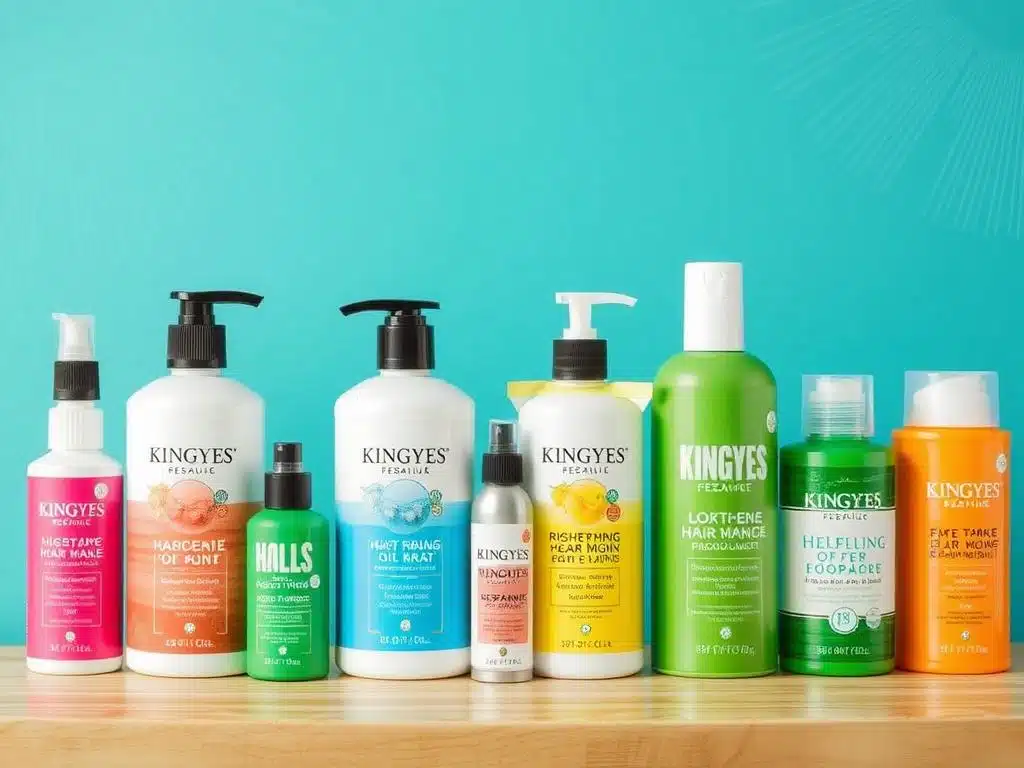
Как производить средства для волос на продажу?
Увлекаетесь уходом за волосами и мечтаете создать собственную линию средств для волос?
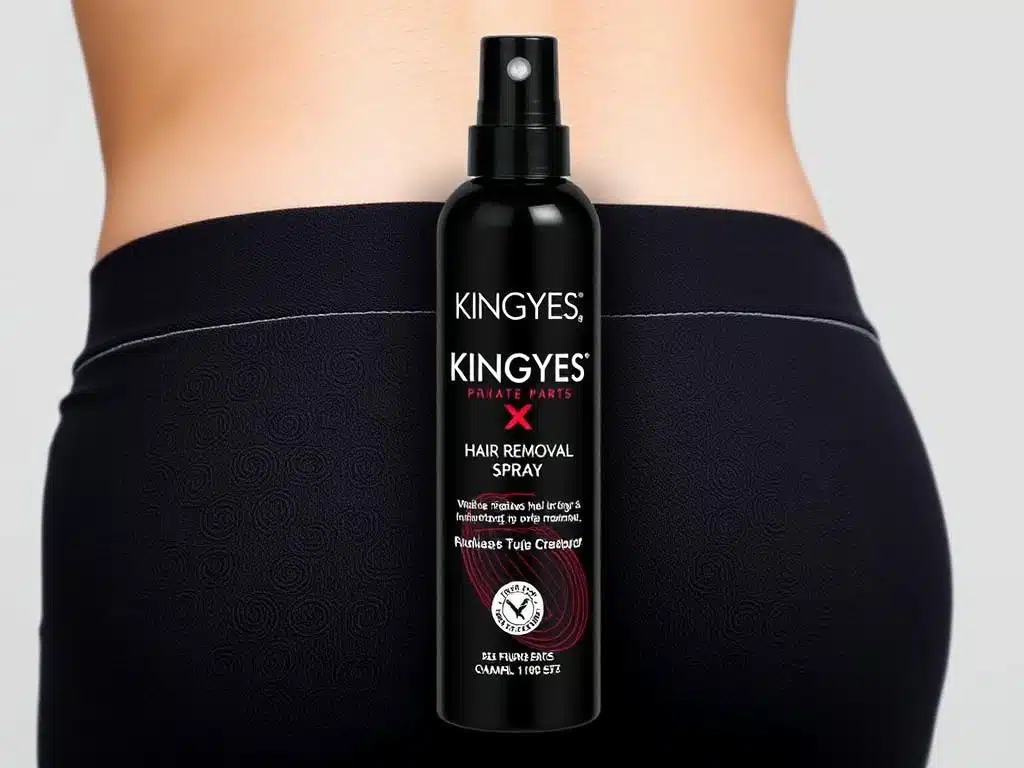
Можно ли использовать спрей для удаления волос на интимных местах?
Стремление к гладкой, безволосой коже - обычное дело, и для удовлетворения этой потребности появились различные методы удаления волос.
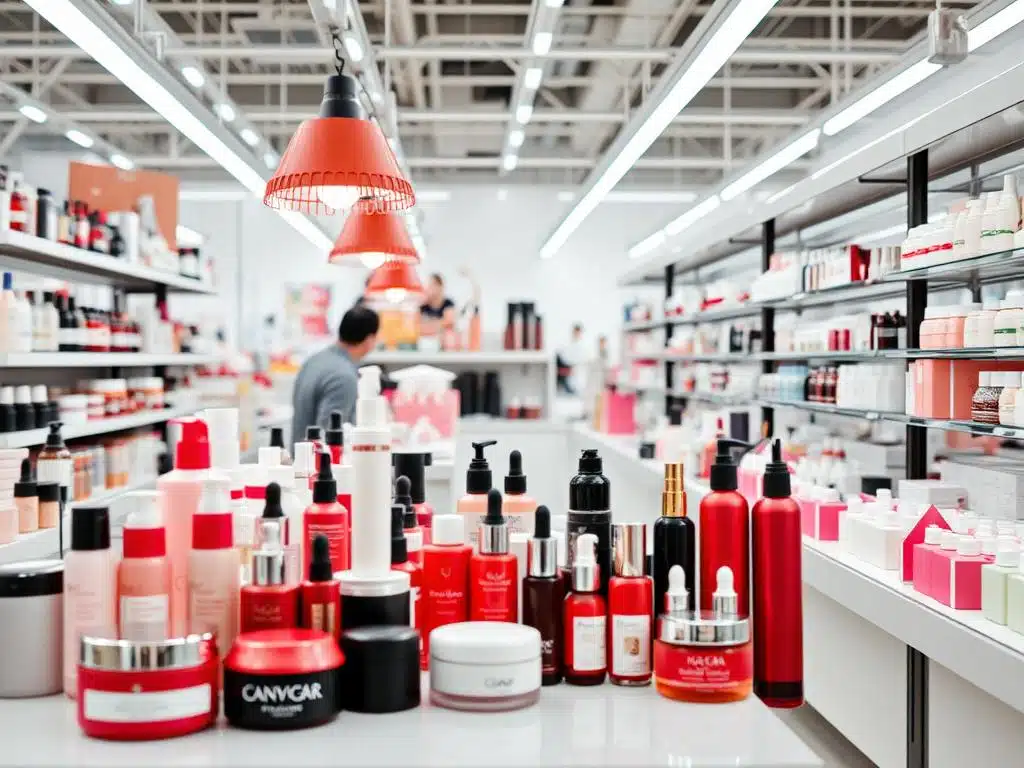
Что такое контроль качества в косметической промышленности?
Косметическая индустрия - это динамичный и постоянно растущий рынок, предлагающий огромное количество продуктов, предназначенных для улучшения красоты и личного ухода.
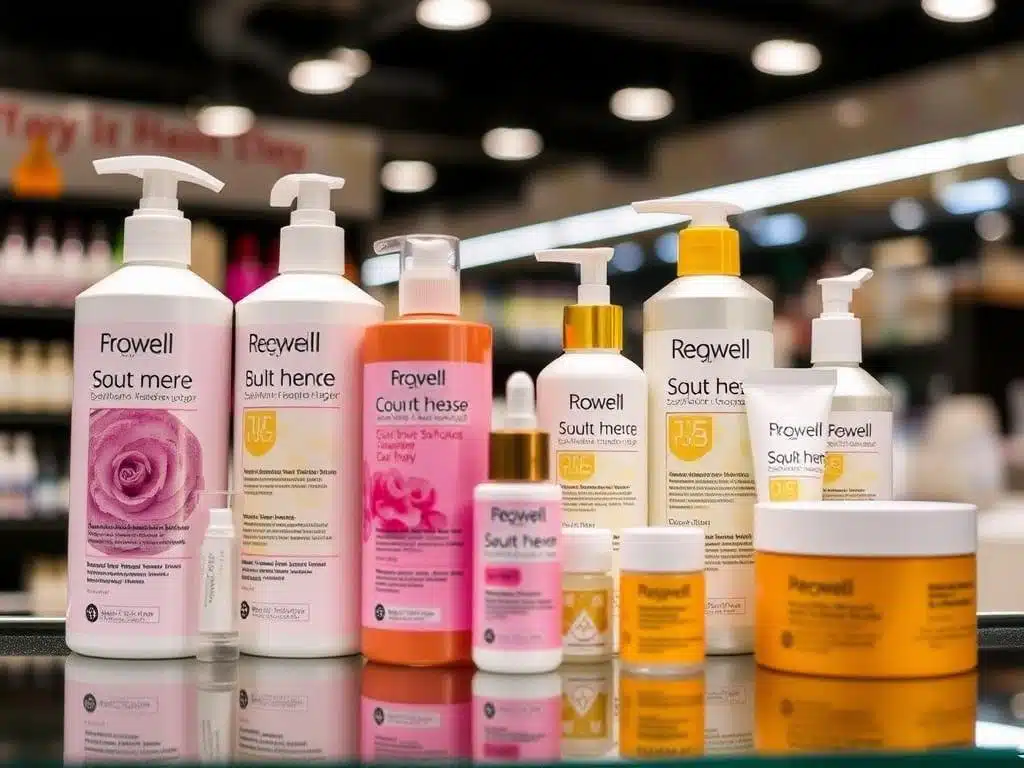
Производители продуктов по уходу за волосами с частной этикеткой
Вы мечтаете о запуске собственного бренда по уходу за волосами, но не имеете средств для инвестиций в производство?
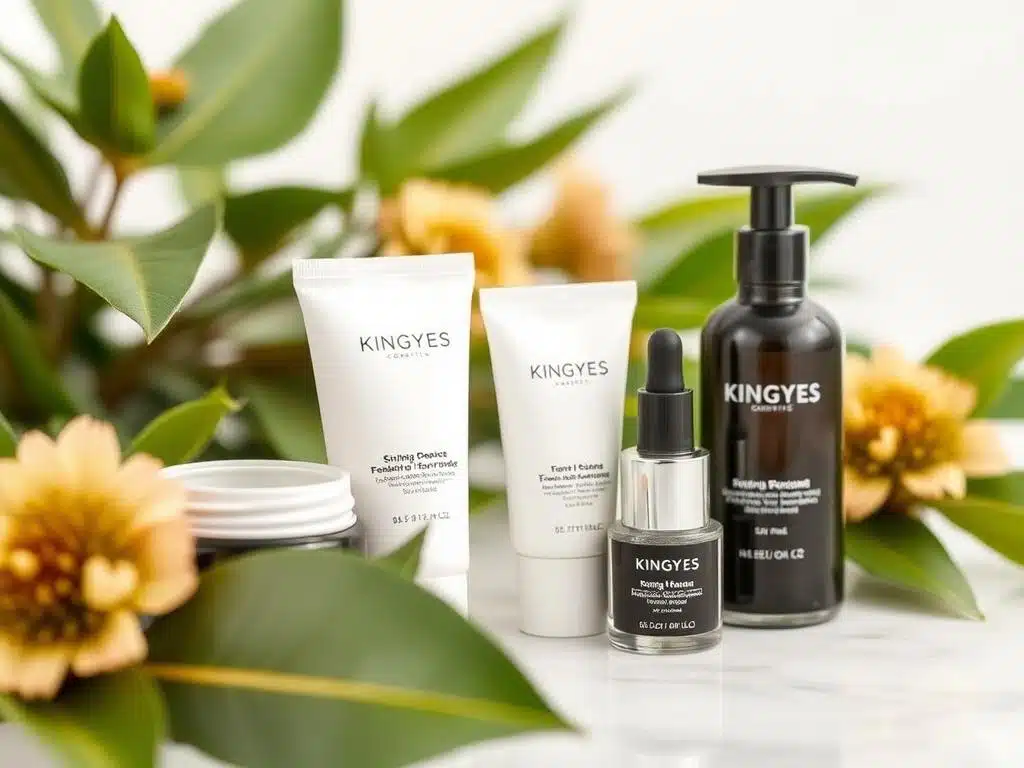
Является ли косметика KINGYES экологически безопасной?
Косметическая промышленность все чаще становится объектом пристального внимания в связи с ее воздействием на окружающую среду, начиная от отходов упаковки и заканчивая добычей сырья.
- +86 151 1839 7303
- [email protected]
- пн-сб 07:00-23:00
Теги
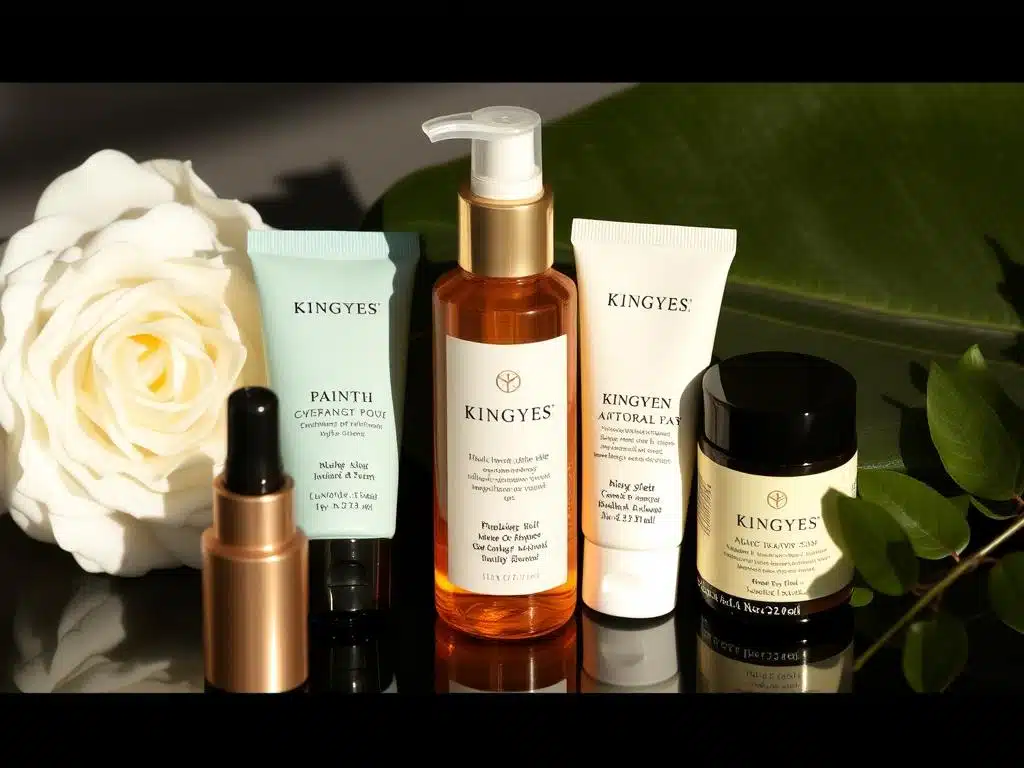
Как продавать косметику через WeChat?
Готовы ли вы выйти на крупнейший в мире рынок красоты?
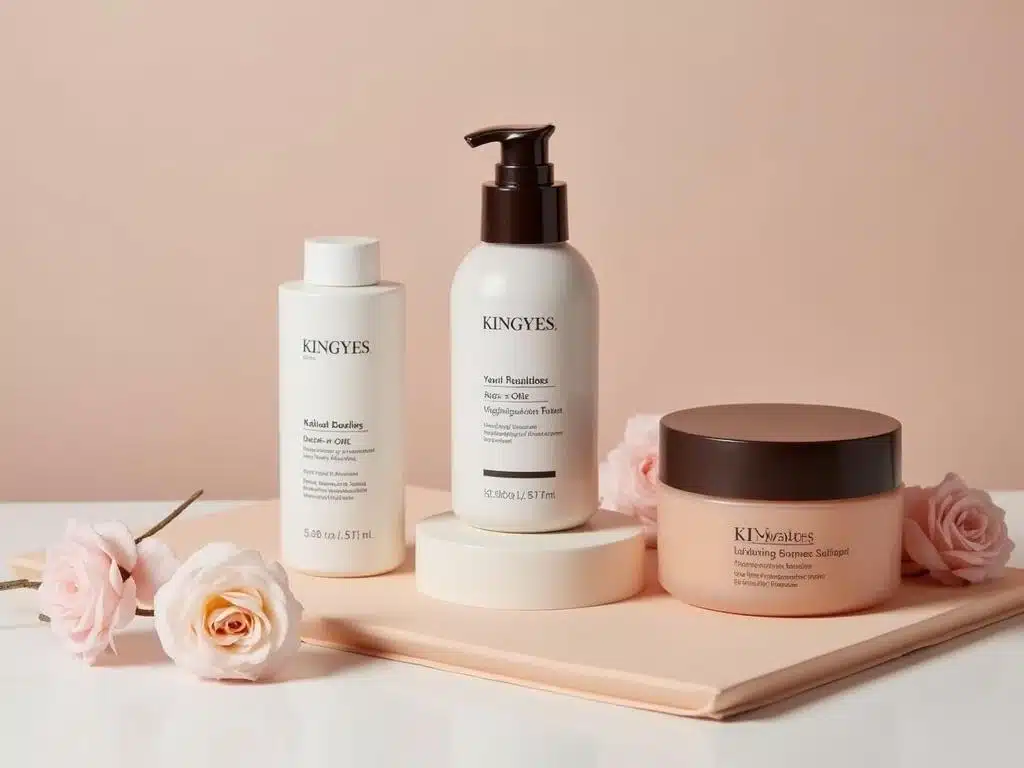
Как продавать косметику на Shopee?
Хотите продавать косметику и освоить бурно развивающийся рынок электронной коммерции в Юго-Восточной Азии?
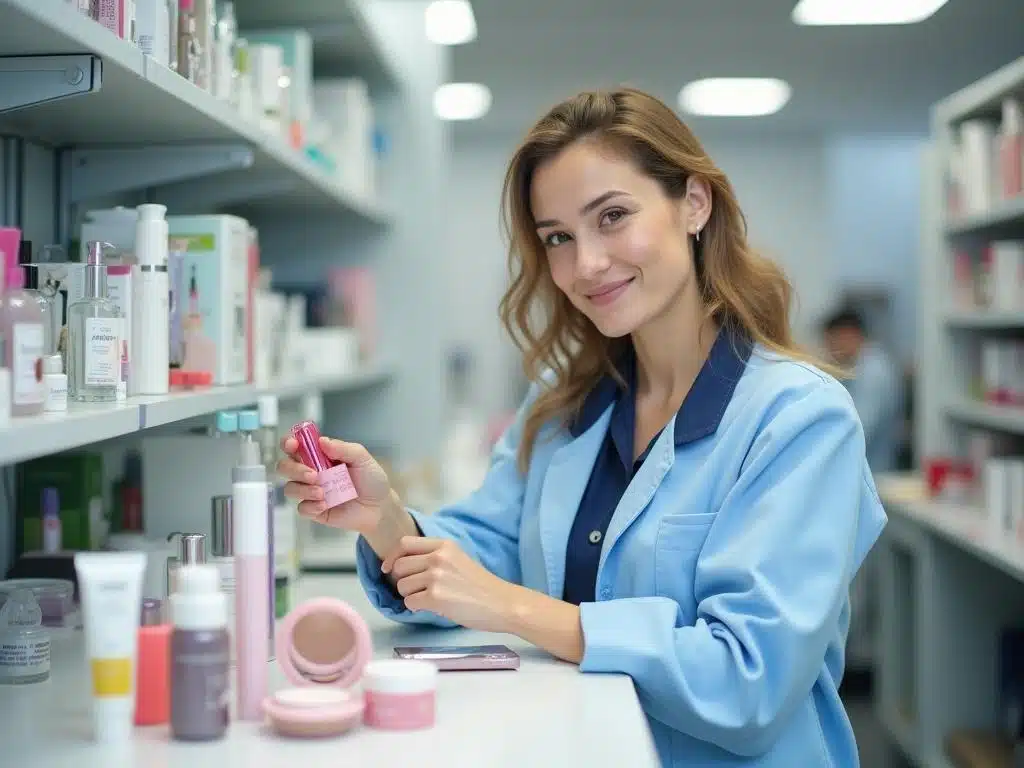
Как сотрудничать с косметическими фабриками?
В динамичной и конкурентной индустрии красоты партнерство с правильным производителем косметики имеет первостепенное значение для успеха вашего косметического бизнеса.

